In Focus: A view into the lives of our mothers and grandmothers through the eyes of fifty British women artists of the 20th century
Ruth Guilding applauds an exhibition that rebalances the art-historical scales with a representative sweep of 50 women artists working in the first half of the 20th century.
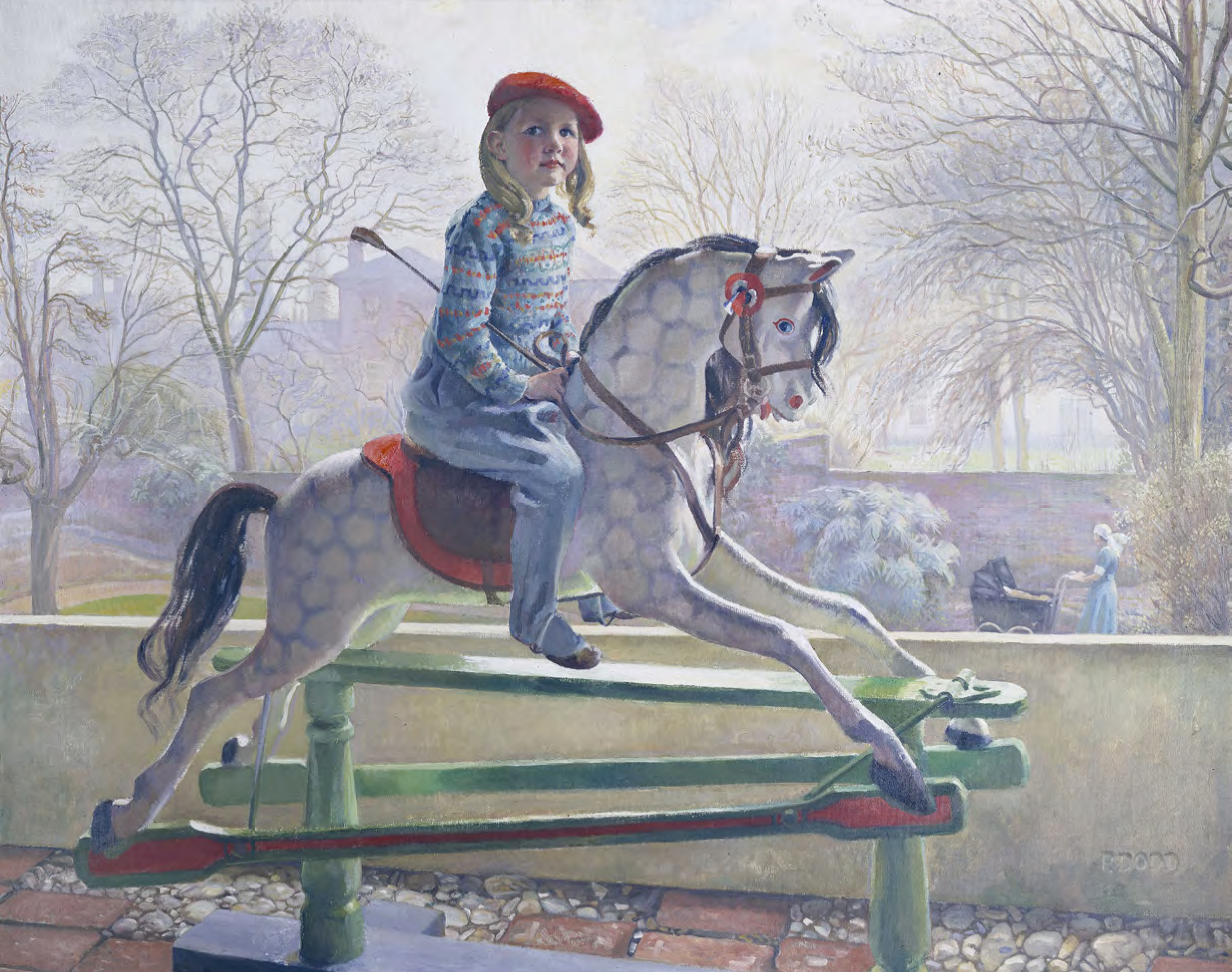

In 1918, women over 30 obtained the right to vote, together with the entire adult-male population. It would be six more decades before they gained equal access to the universities of Oxford and Cambridge. In the art schools, however, the situation was slightly different: women had long been admitted, and many of those who were are celebrated in a new exhibition, Fifty Works by Fifty British Women Artists 1900–1950, being held in The Ambulatory at Mercers’ Hall, London.
From the late 19th century on, a handful of female art students had been studying and winning prizes, but the world in which they operated was a limited one. Barred from life-drawing rooms, most were funnelled into the applied arts and teacher training; those who married were even more likely to remain amateurs.
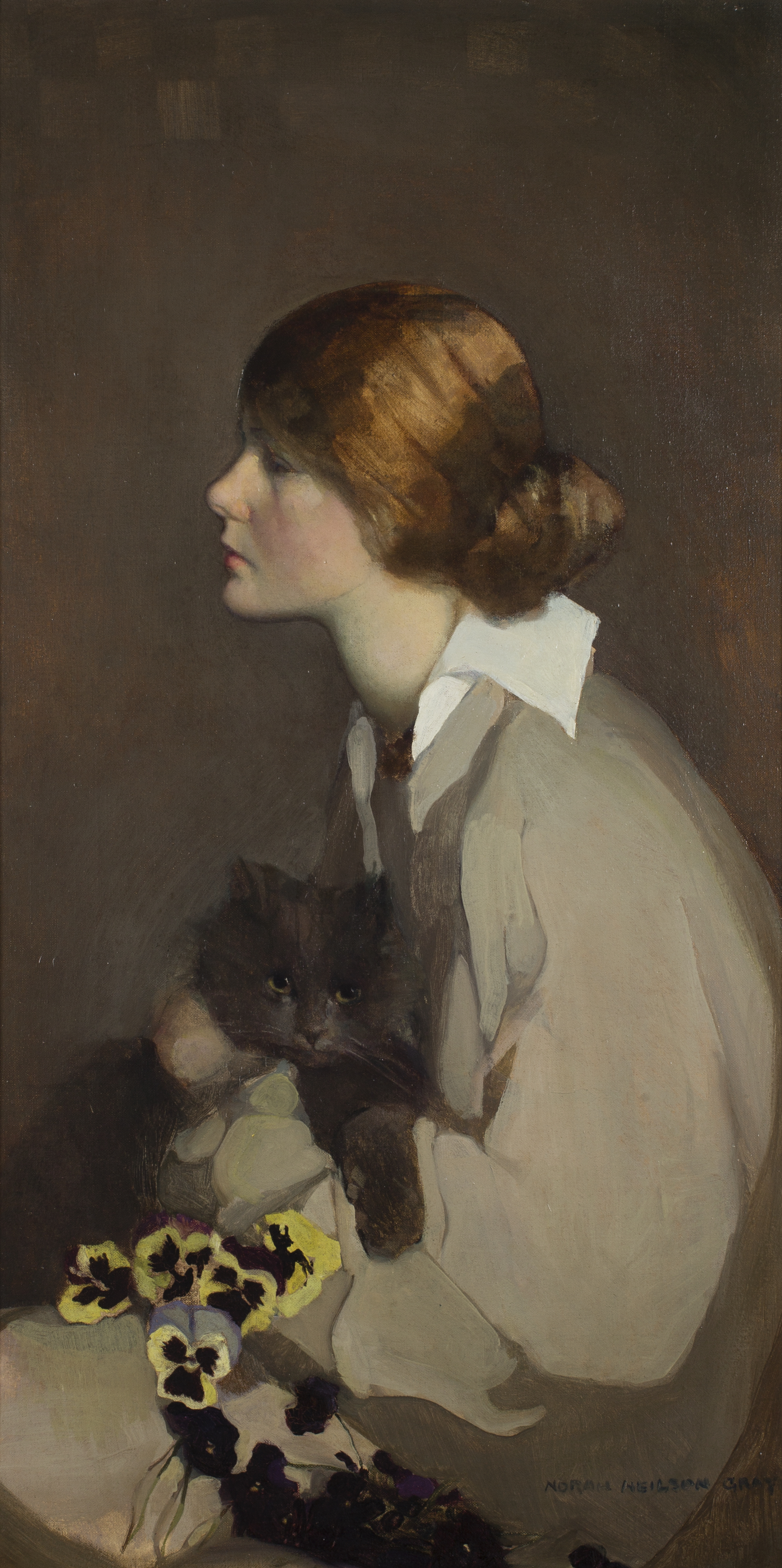
Stories of promising starts and a kind of equality, swiftly eroded, are typical of the fates of so many of the women whose work has been assembled for this exhibition. The smallness of their paintings and sculptures conveys the narrow worlds of their creation, on kitchen tables and in back bedrooms, during hours snatched from employment or domestic tasks.
Each has a text narrating their stories, told by a living descendant, collector or champion.
The painter Hilda Carline (1889–1950) had been tipped for success when she married Stanley Spencer in 1925. We see her expressive red-chalk portrait of her fellow student and future brother-in-law, Gilbert Spencer, made some half a dozen years earlier when she was studying at the Slade under Henry Tonks after wartime service in the Women’s Land Army. By the time Spencer deserted her for Patricia Preece, they had two daughters.
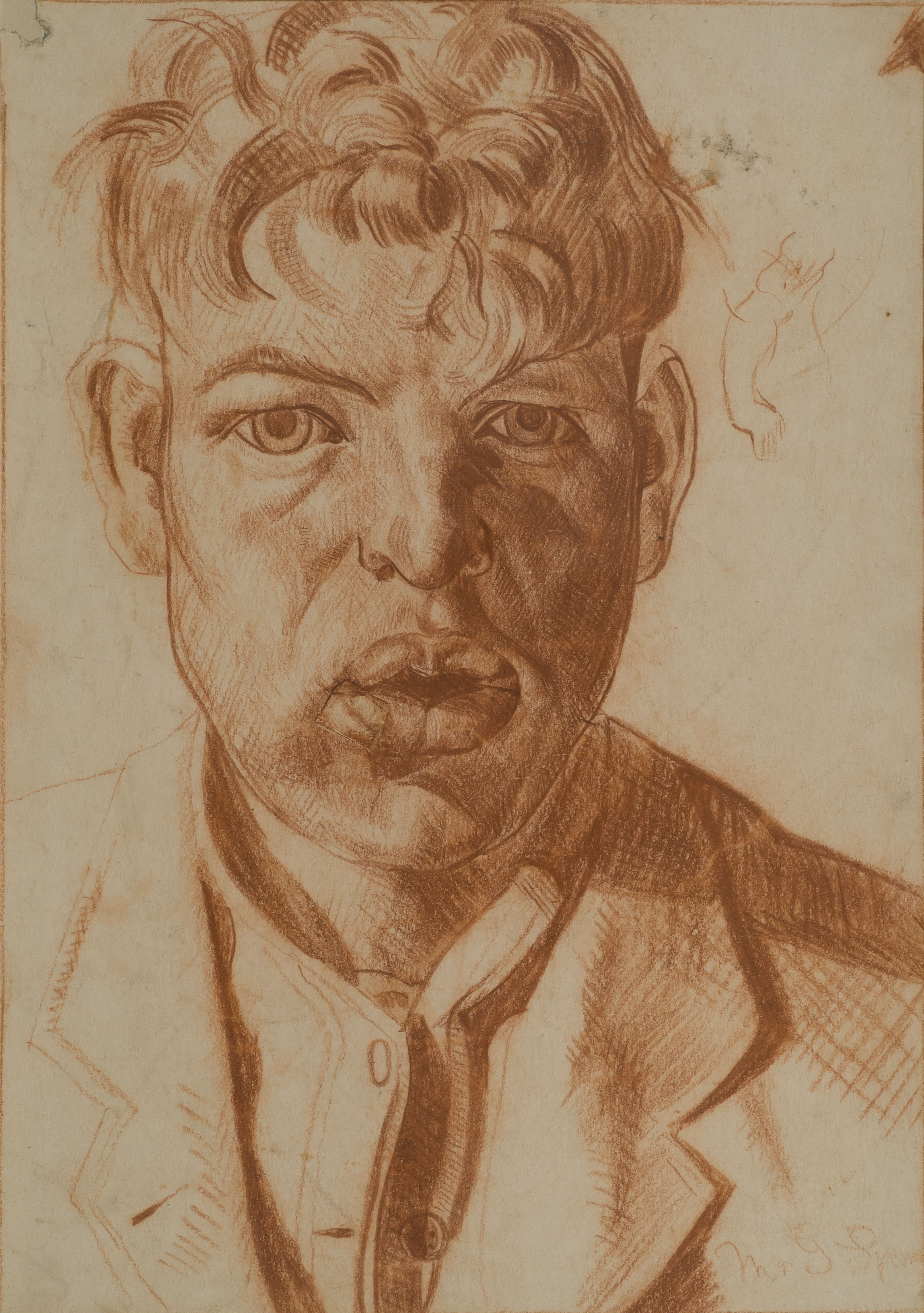
‘Their turbulent union resulted in periods when Carline hardly painted at all, and eventually in 1942, she suffered a breakdown,’ the short biography at the back of the catalogue tells us.
Doris Zinkeisen (1898–1991) was half-Welsh and half-Scottish. Aged 19, with a scholarship to the Royal Academy (RA) Schools, she was picked to create a 17ft-long mural on the subject of work. Her ambitious achievement is conveyed by a panel study that is rhythmic and lively, the original mural remaining lost until its surprise reappearance in 2015, ‘rolled up on the floor’ in the RA’s basement packing area.
Sign up for the Country Life Newsletter
Exquisite houses, the beauty of Nature, and how to get the most from your life, straight to your inbox.
'The smallness of their paintings and sculptures conveys the narrow worlds of their creation'
Madeline Green (1884–1947) is represented here by Coster with Dogs (about 1925), her enigmatic painting of a slender, shabby, rather knowing figure with two whippets – in fact, a self-portrait by the artist, who adopted variants of this disguise in her work for reasons we must guess at.
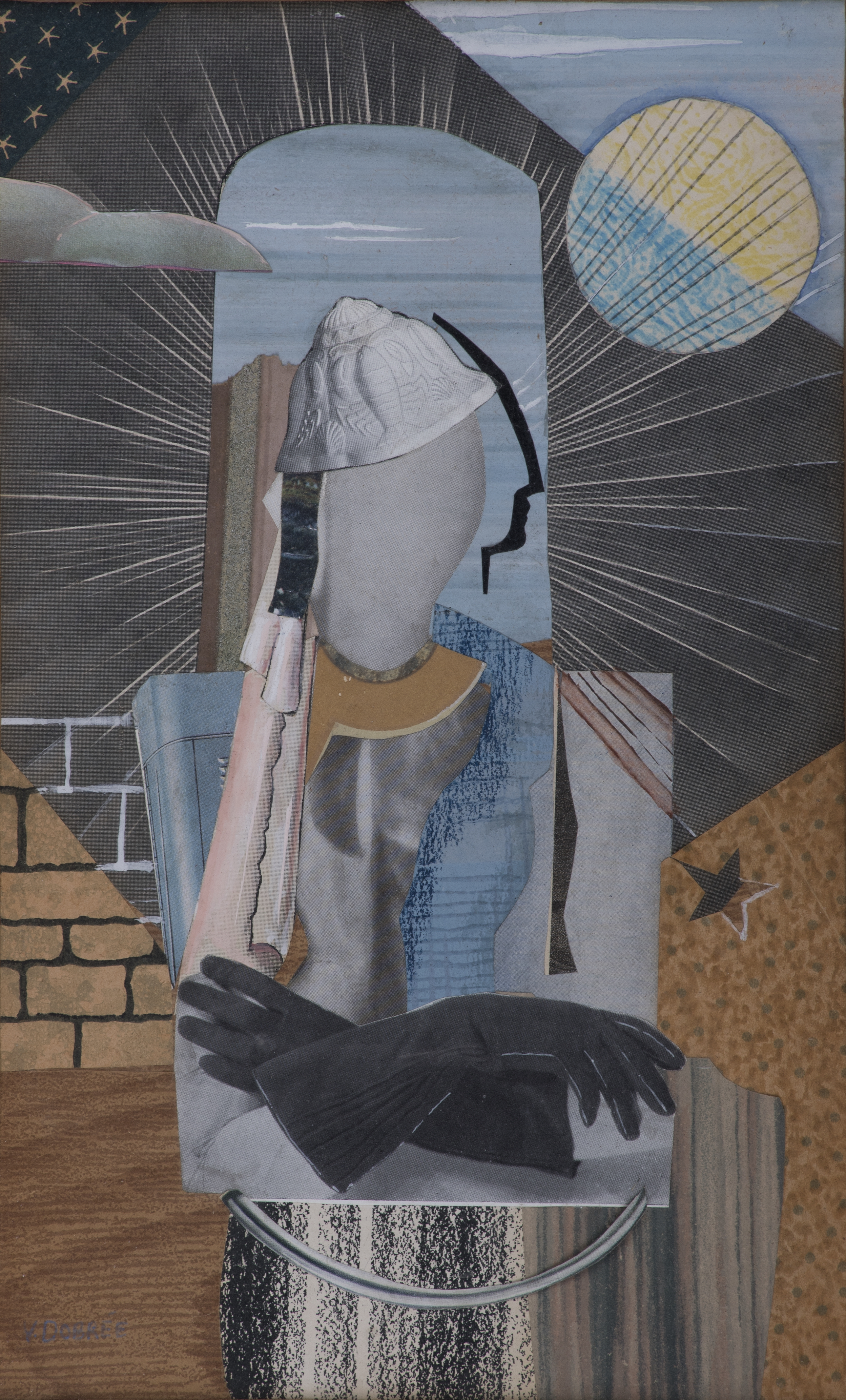
A four-panel pastoral, Reigate and Environments, is shown with the explanatory text: ‘Little is known about Margaret Duncan [1906–79], other than that she worked as an art teacher. She exhibited a painting, The Annunciation, at the Royal Academy in 1941.’
In 1936, Laura Knight would be elected the RA’s first female Academician, but it was 30 more before the painter, at the age of 84, would be invited to the institution’s Annual Dinner.
Those who did best professionally slipped the bonds of marriage and motherhood. The Newlyn School artist Dod Procter (1892–1972) had a raging success when Morning, her huge and sensational portrait of a young fisherman’s daughter sleeping, was shown at the RA’s Summer Exhibition in 1927 and immediately purchased for the nation.
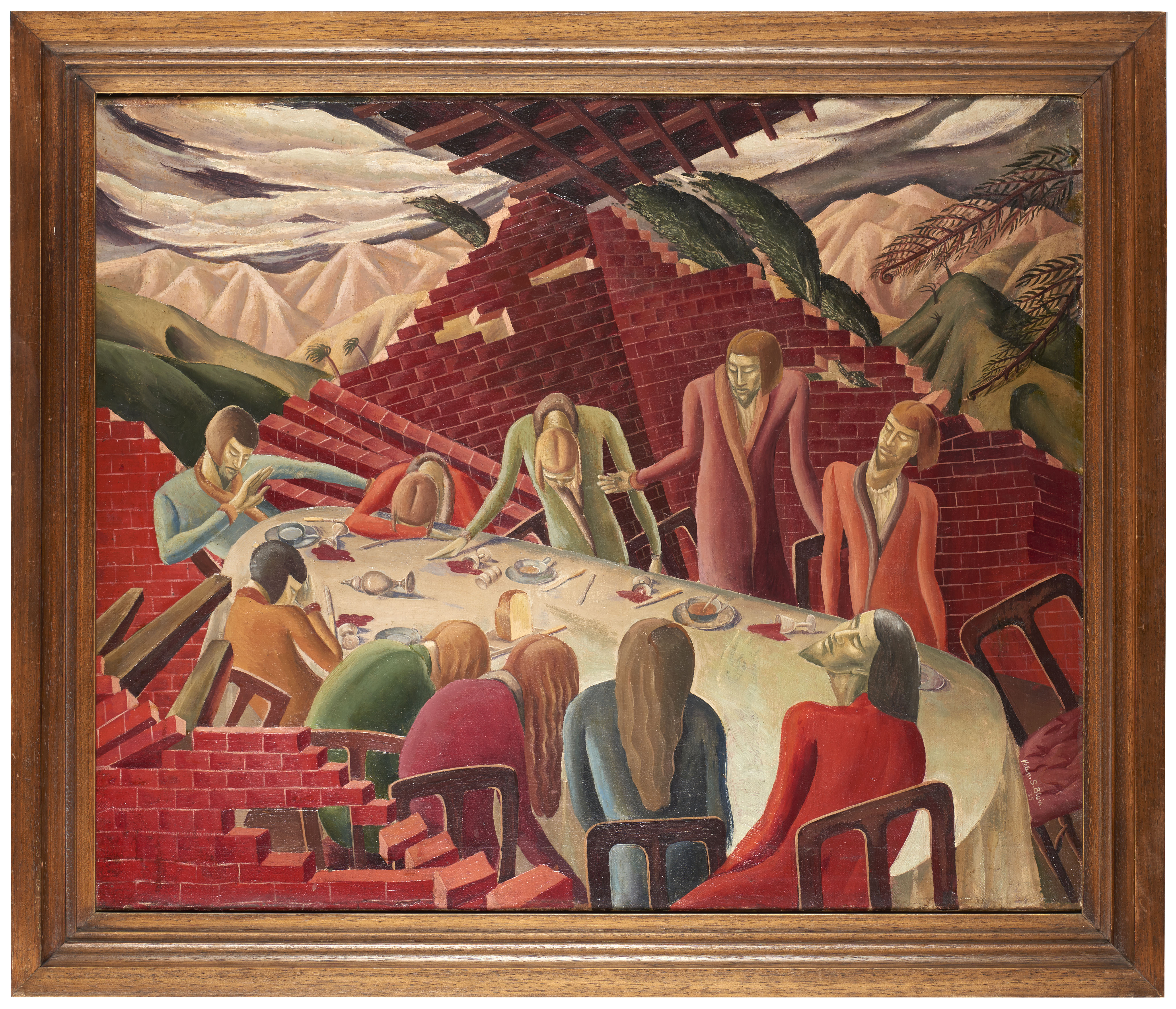
Married to a fellow painter, she shared with her near contemporary the sculptor Barbara Hepworth a refusal to subordinate her career and, after her husband left her, she had the satisfaction of becoming only the second woman to be elected as a full member of the RA, earning a living from her talent. Her still life, Glass (about 1935), is a showstopper, exhibiting all her lucid technical power and skill in composition.
Perhaps the most independent-minded of all was Nancy Nicholson (1899–1977), lifelong feminist, campaigner for contraception and successful textile designer selling from her shop on Motcomb Street, represented here by a 19-year-old jeu d’esprit, William Nicholson at Work.
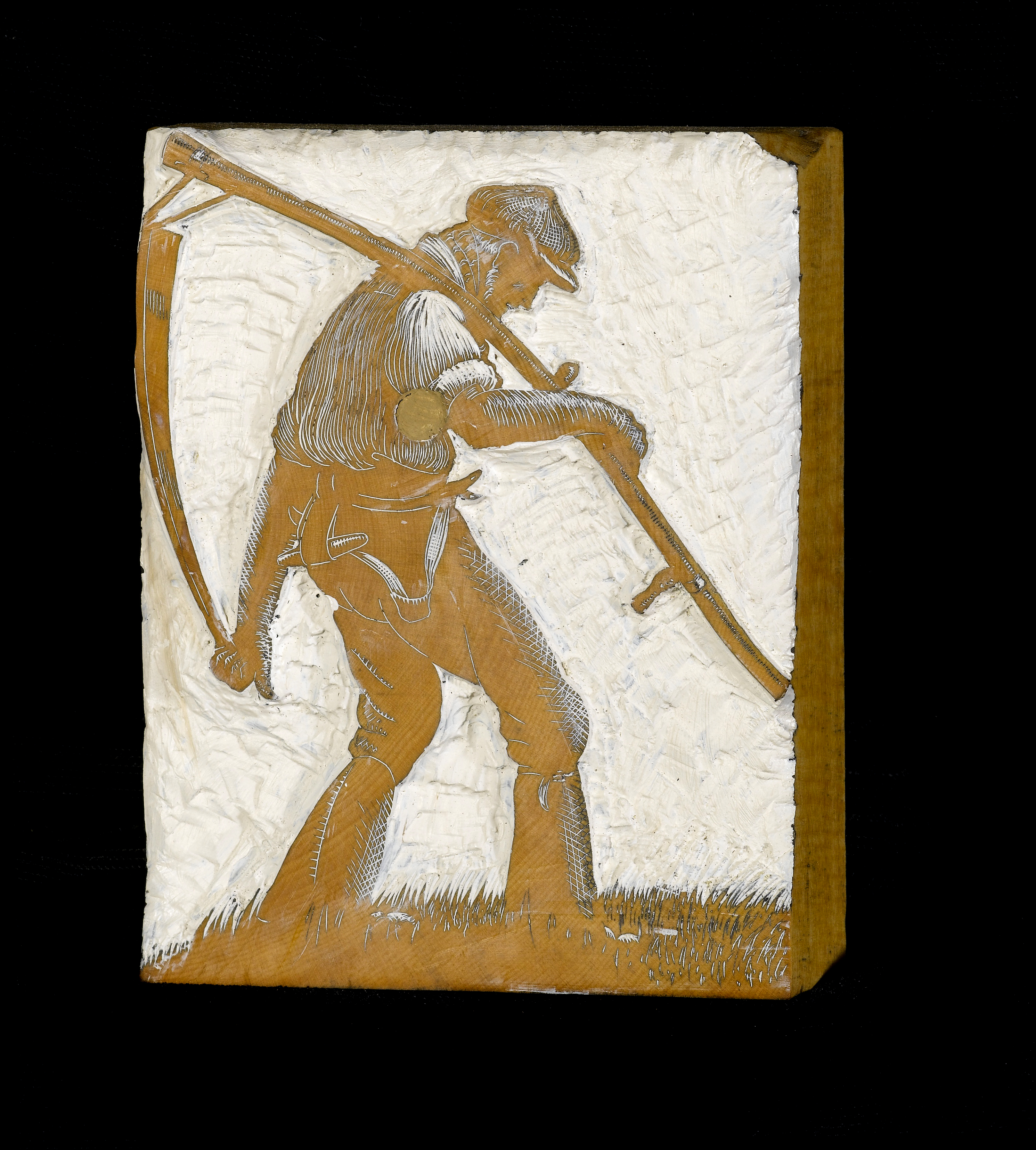
The sister of Barbara Hepworth’s second husband, Ben, and daughter of the flamboyant and prolific painter and illustrator Sir William Nicholson and the artist Mabel Pryde, she had made a short, youthful marriage to the poet and writer Robert Graves, with whom she had four children. Permitting his lover Laura Riding to live under their roof, she never took her husband’s name (as the elderly novelist Thomas Hardy noted when the couple visited him).
These eloquent pictures, resurrected by curator Sacha Llewellyn, are windows onto lives lived in parallel with our mothers’ and grandmothers’, opening their petites histoires to us and giving much pleasure to look at and much more to think about.
‘Fifty Works by Fifty British Women Artists 1900–1950’ is at The Ambulatory at The Mercers’ Company, 6, Frederick’s Place, London EC2, until March 23. It then tours to The Stanley & Audrey Burton Gallery, University of Leeds, Woodhouse Lane, Leeds, April 9–July 27.
The catalogue includes a commentary on each painting by a range of living writers, an essay by the curator Sacha Llewellyn and mini biographies of the artists.
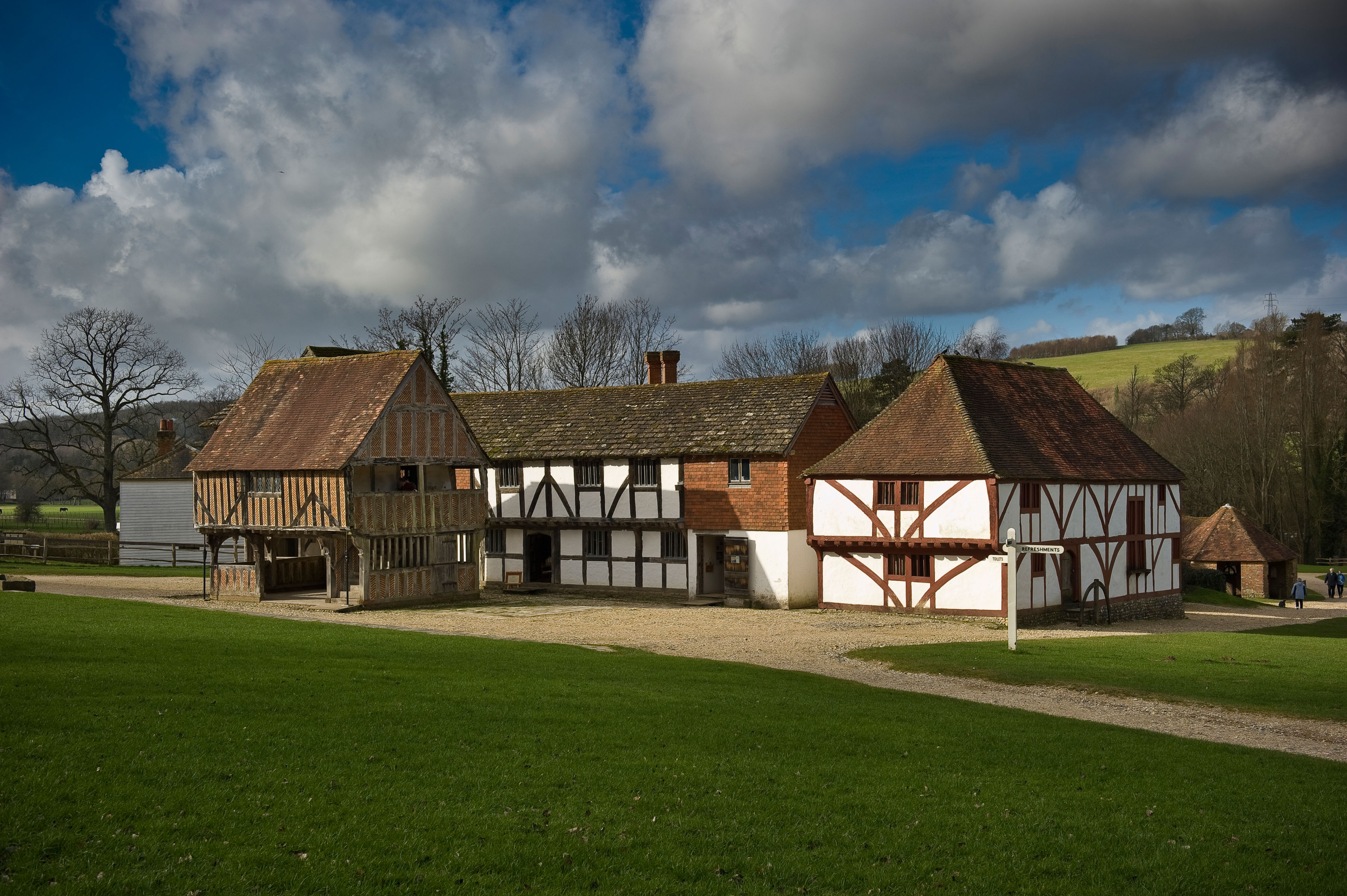
Things to do: Music in the gardens, the buildings of the Weald & Downland and a circus at the cathedral
Keep your diary up-to-date with our selection of unmissable events and things to do in the next few weeks.
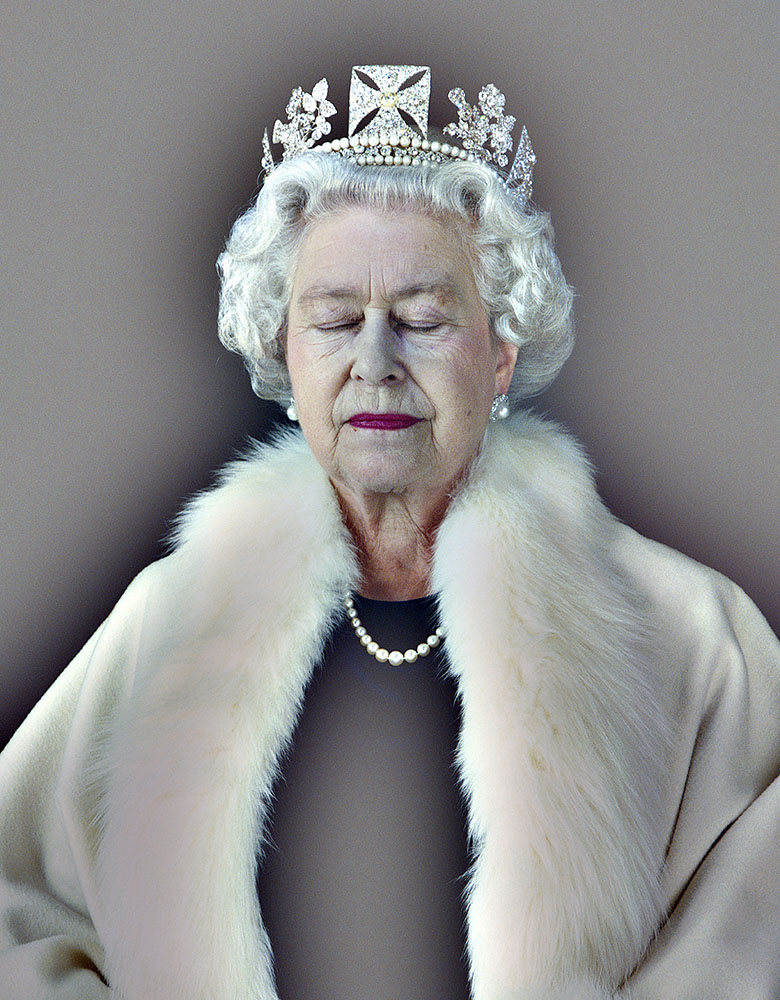
My Favourite Painting: Anya Hindmarch
'It’s such a fresh depiction of The Queen and deservedly has become iconic. To see an image of her with
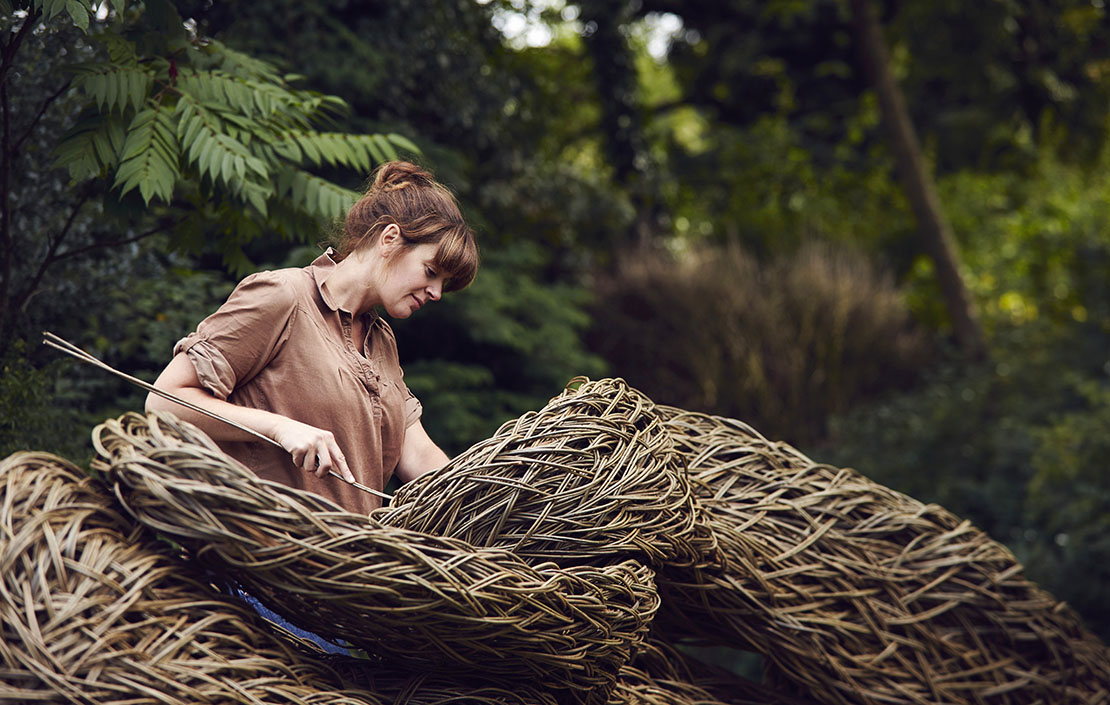
The willow weaver: 'I like to let the host structure feed the form'
With such romantic names as Dicky Meadows, Flanders Red and Noir de Verlaine, willow is one of Nature’s most versatile
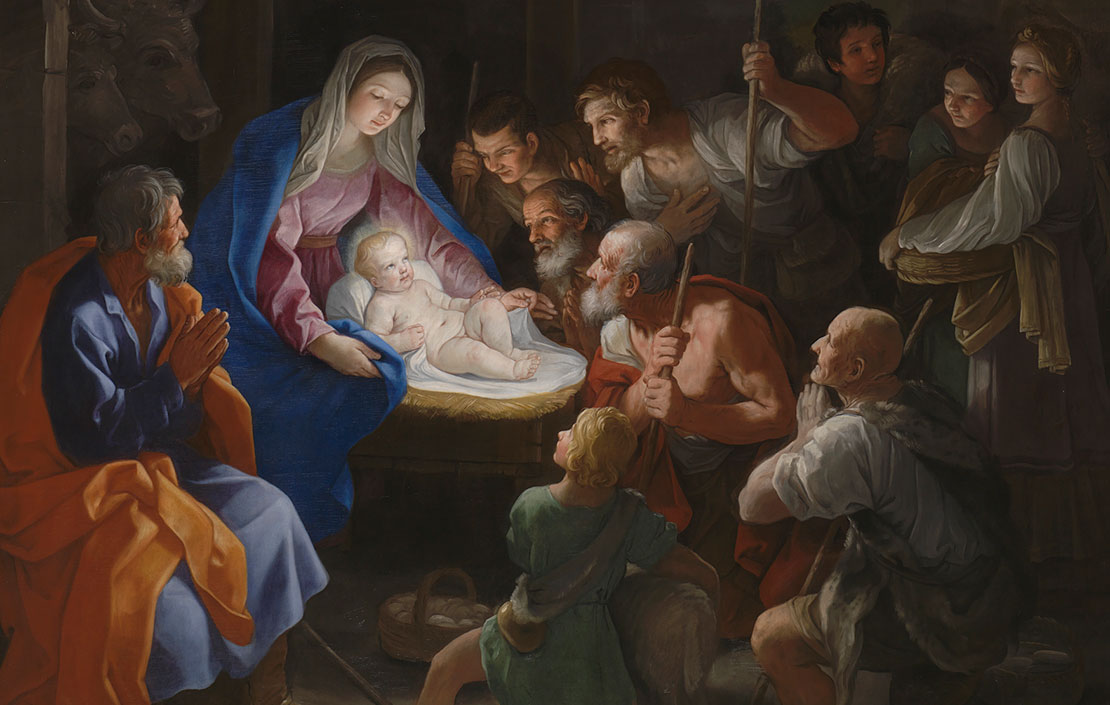
Four of the most beautiful depictions ever created of the Madonna and Child
With Christmas almost upon us, Caroline Campbell of the National Gallery chooses her favourite depictions of the Madonna and Child
Country Life is unlike any other magazine: the only glossy weekly on the newsstand and the only magazine that has been guest-edited by HRH The King not once, but twice. It is a celebration of modern rural life and all its diverse joys and pleasures — that was first published in Queen Victoria's Diamond Jubilee year. Our eclectic mixture of witty and informative content — from the most up-to-date property news and commentary and a coveted glimpse inside some of the UK's best houses and gardens, to gardening, the arts and interior design, written by experts in their field — still cannot be found in print or online, anywhere else.
-
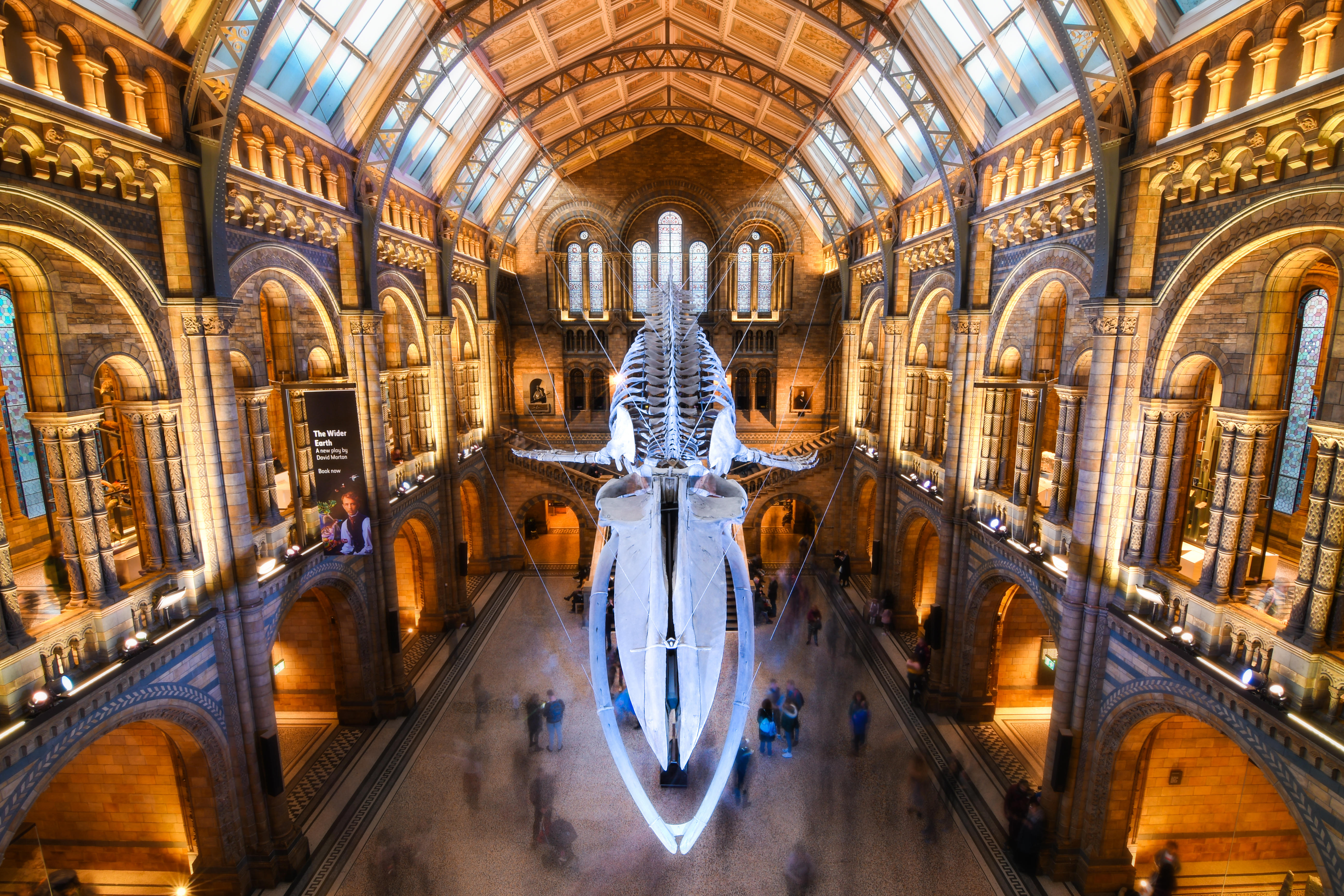 Athena: We need to get serious about saving our museums
Athena: We need to get serious about saving our museumsThe government announced that museums ‘can now apply for £20 million of funding to invest in their future’ last week. But will this be enough?
By Country Life
-
 Six rural properties with space, charm and endless views, as seen in Country Life
Six rural properties with space, charm and endless views, as seen in Country LifeWe take a look at some of the best houses to come to the market via Country Life in the past week.
By Toby Keel
-
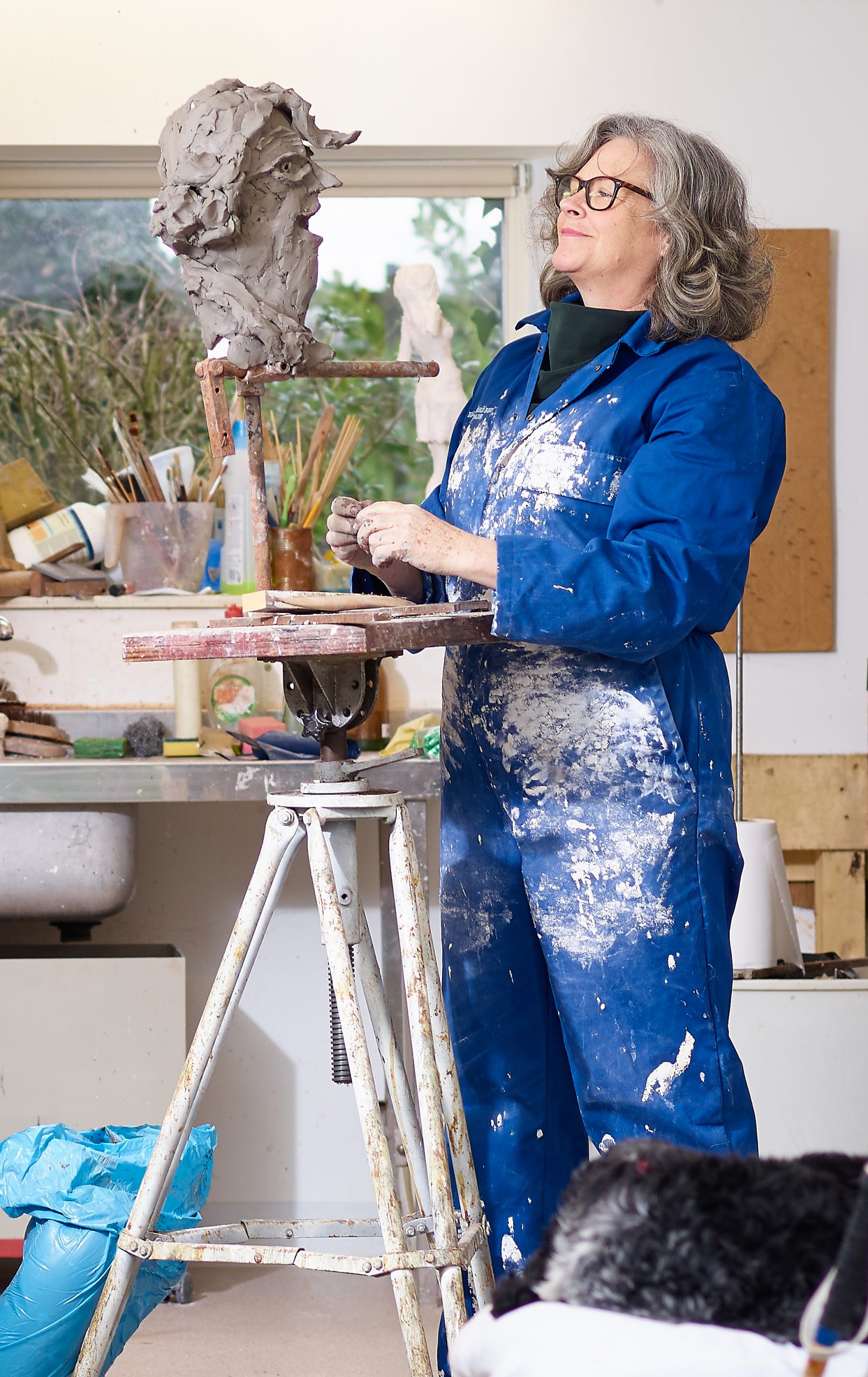 In Focus: How the 'Tottering Hall' cartoonist became a sculptor
In Focus: How the 'Tottering Hall' cartoonist became a sculptorBest known as the creative force behind Dicky and Daffy, it was her son’s death that prompted Annie Tempest to learn ‘the grammar of the sculptor’s language’, discovers Ian Collins.
By Country Life
-
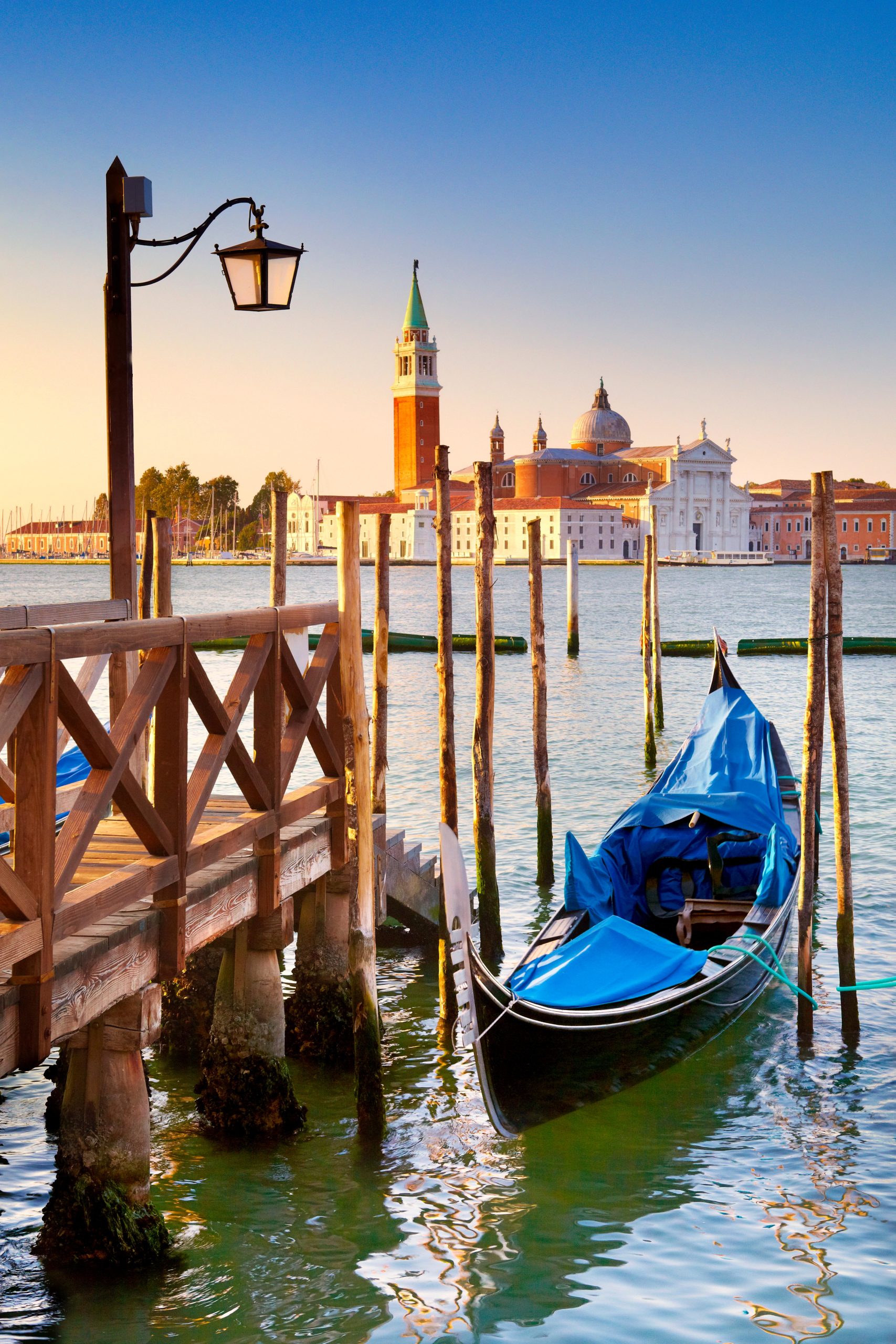 In Focus: How Italy inspired JMW Turner
In Focus: How Italy inspired JMW TurnerMary Miers considers how the country that fascinated Turner from youth shaped his artistic vision.
By Mary Miers
-
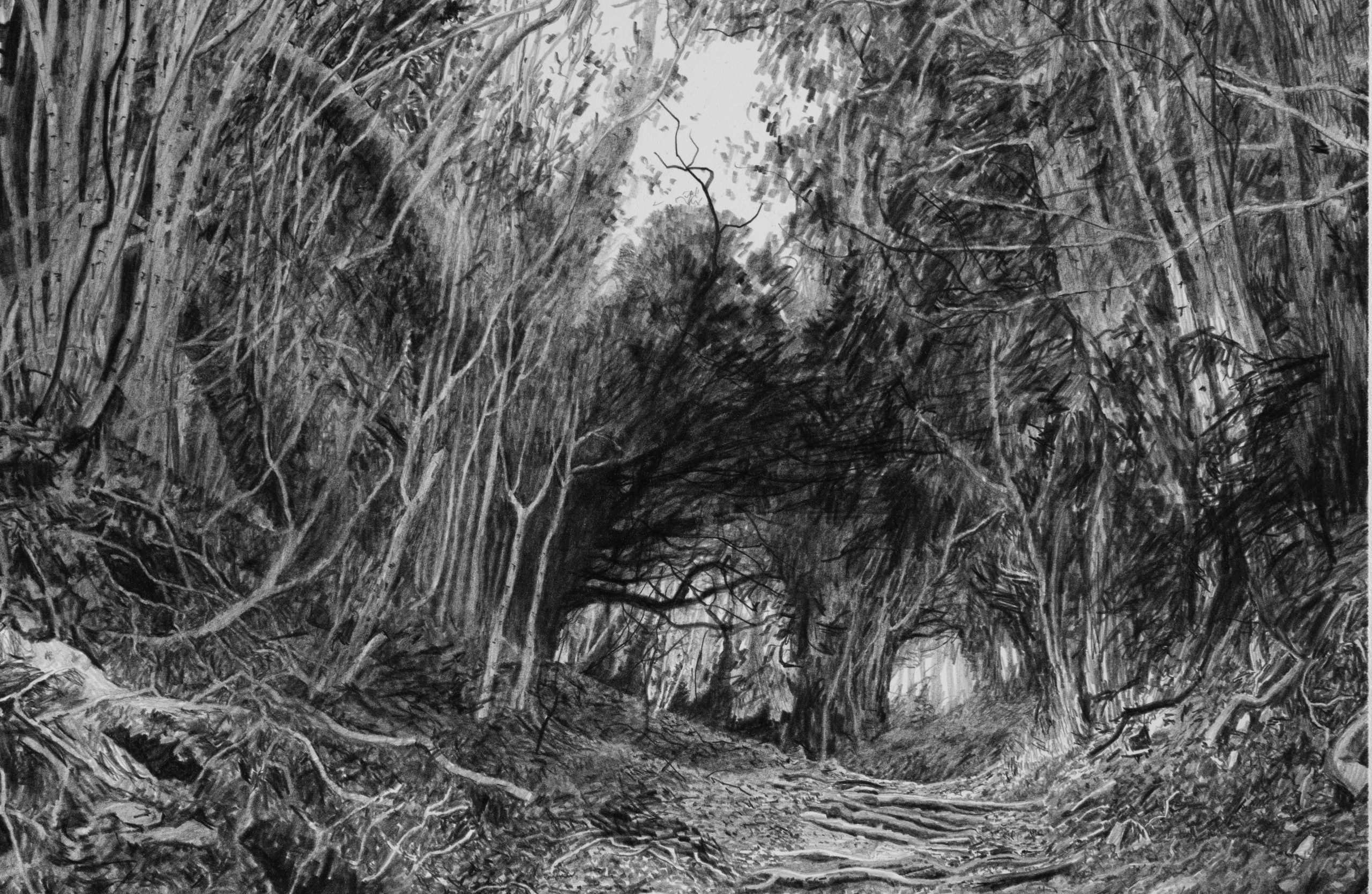 In Focus: Why the eerie thrives in art and culture
In Focus: Why the eerie thrives in art and cultureThe tradition of ‘eerie’ literature and art, invoking fear, unease and dread, has flourished in the shadows of British landscape culture for centuries, says Robert Macfarlane.
By Country Life
-
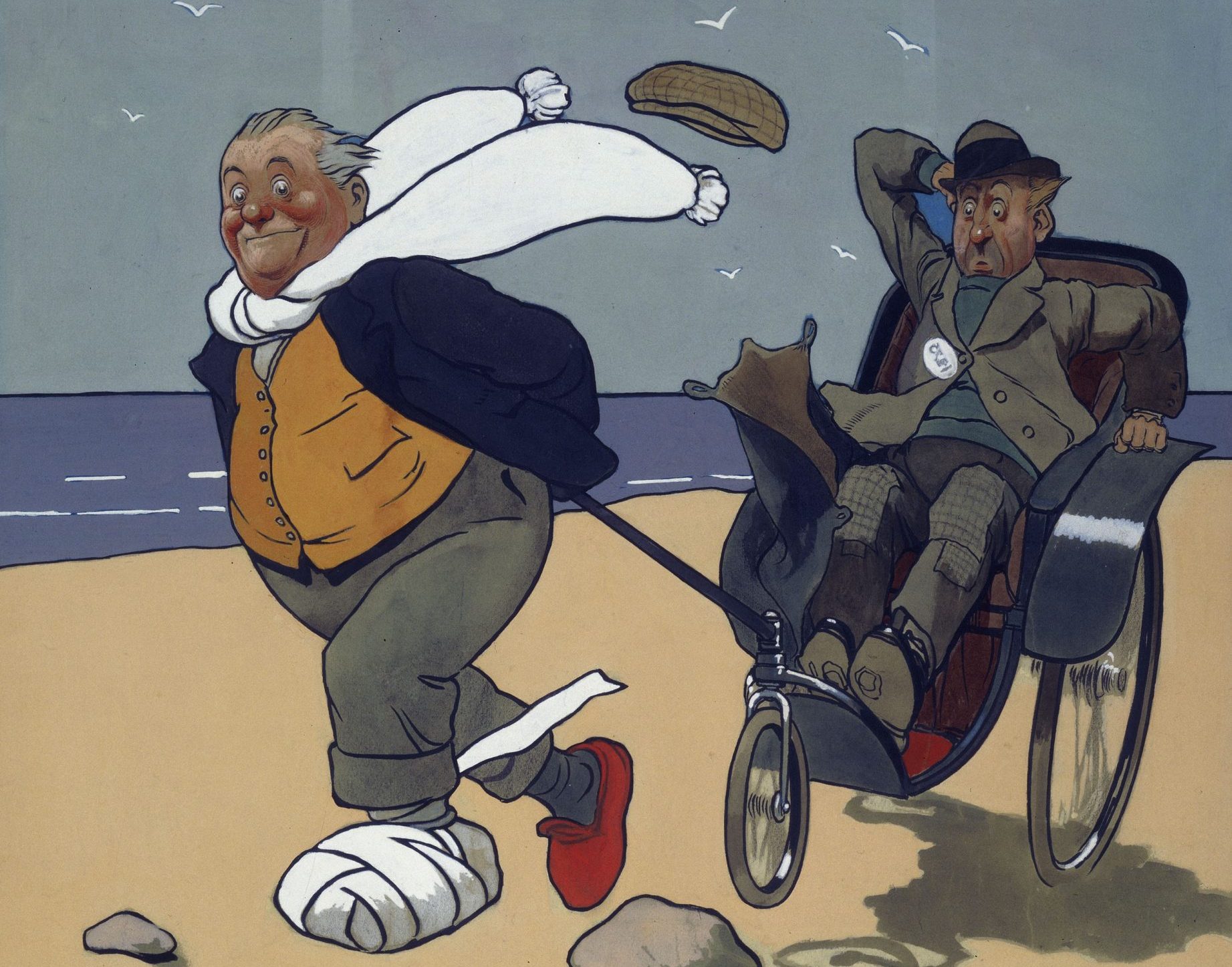 In Focus: John Hassall's iconic travel posters
In Focus: John Hassall's iconic travel postersThe works of British poster king John Hassall remain a breath of fresh seaside air, says Lucinda Gosling.
By Country Life
-
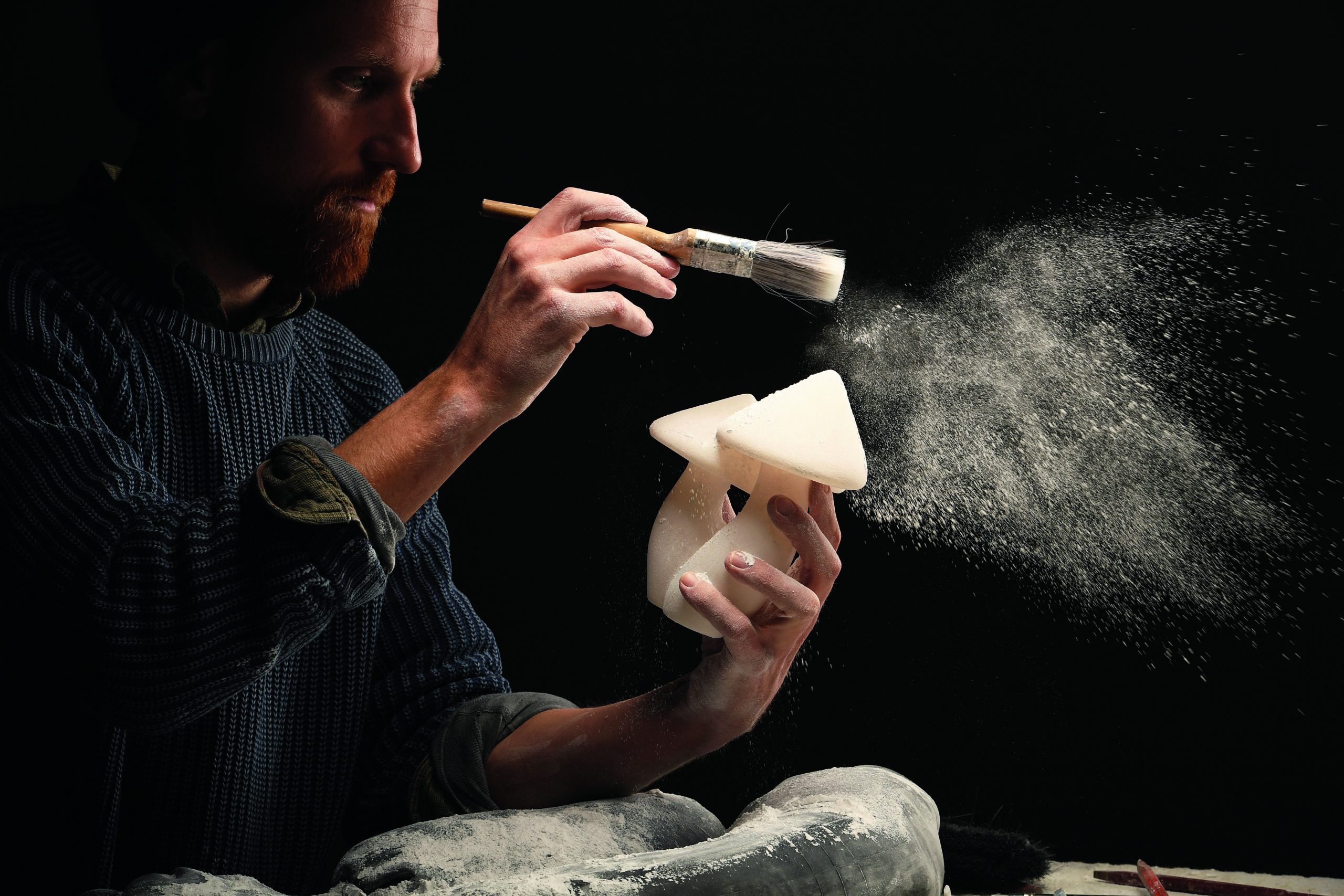 In Focus: the fungi sculptures that bend stone into soft, flowing forms
In Focus: the fungi sculptures that bend stone into soft, flowing formsThey may look as delicate and organic as the real thing, but Ben Russell’s sculptures of fungi, cacti and roots will outlast us all, believes Natasha Goodfellow.
By Country Life
-
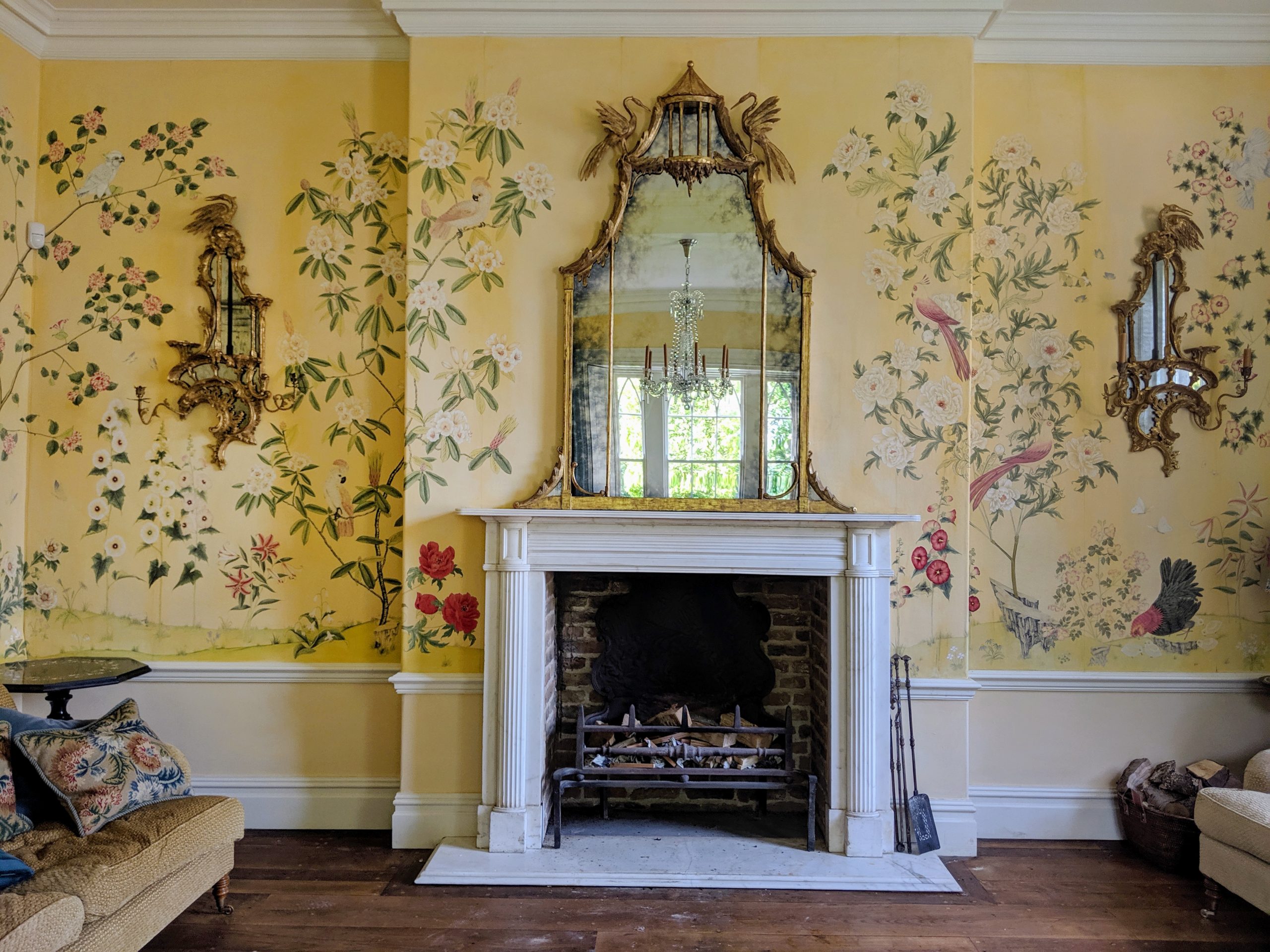 In Focus: How 21st century artists are reviving the art of the fresco
In Focus: How 21st century artists are reviving the art of the frescoOnce practised by Michelangelo, Raphael and da Vinci, the art of fresco creation has changed little in 1,000 years. Marsha O’Mahony meets the artists following in their footsteps.
By Country Life
-
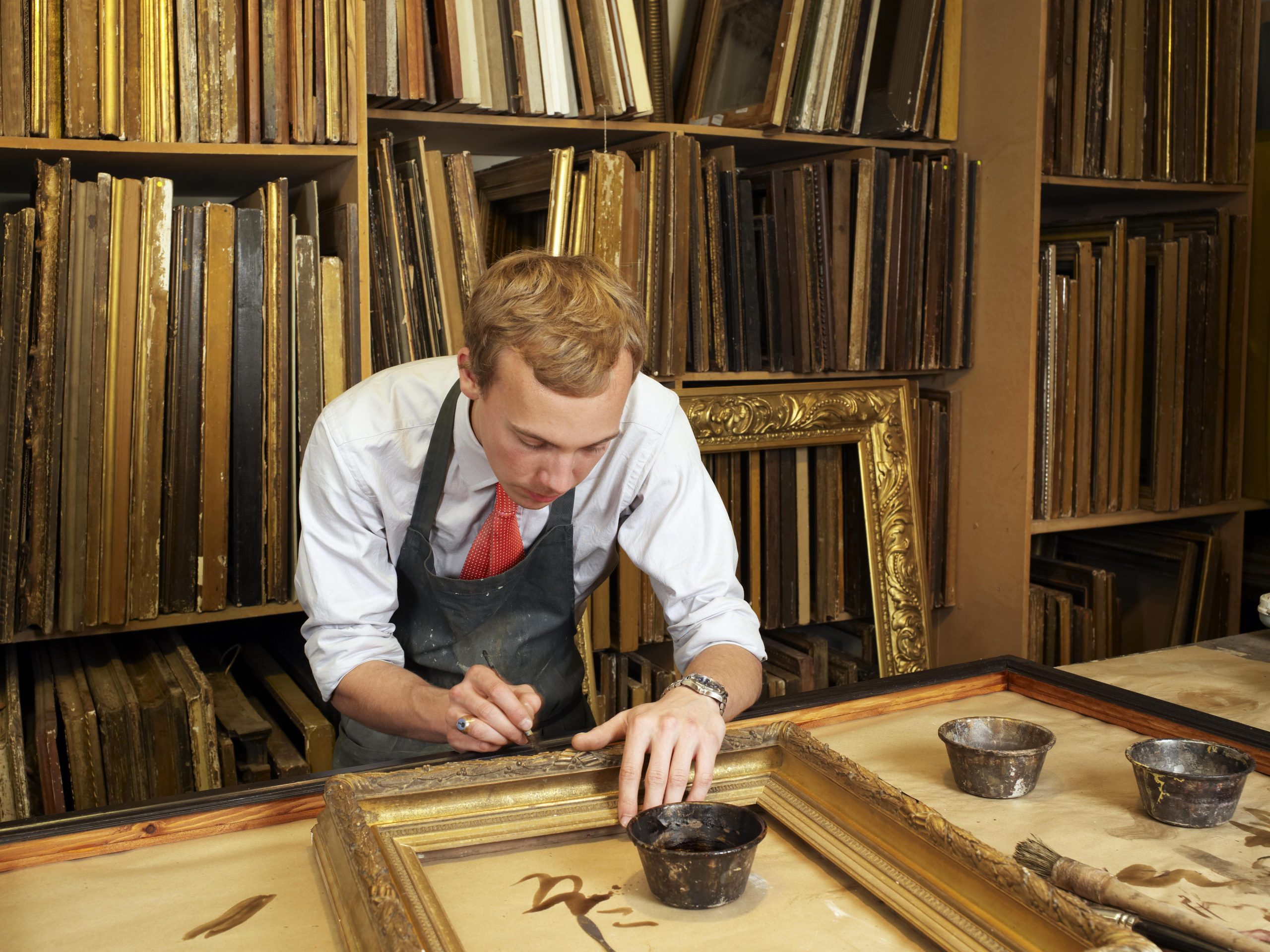 Why a good frame can be a work of art in its own right
Why a good frame can be a work of art in its own rightCatriona Gray retraces the history of frames, admires the craftsmanship required to make them and discovers what's the best way to preserve them.
By Country Life
-
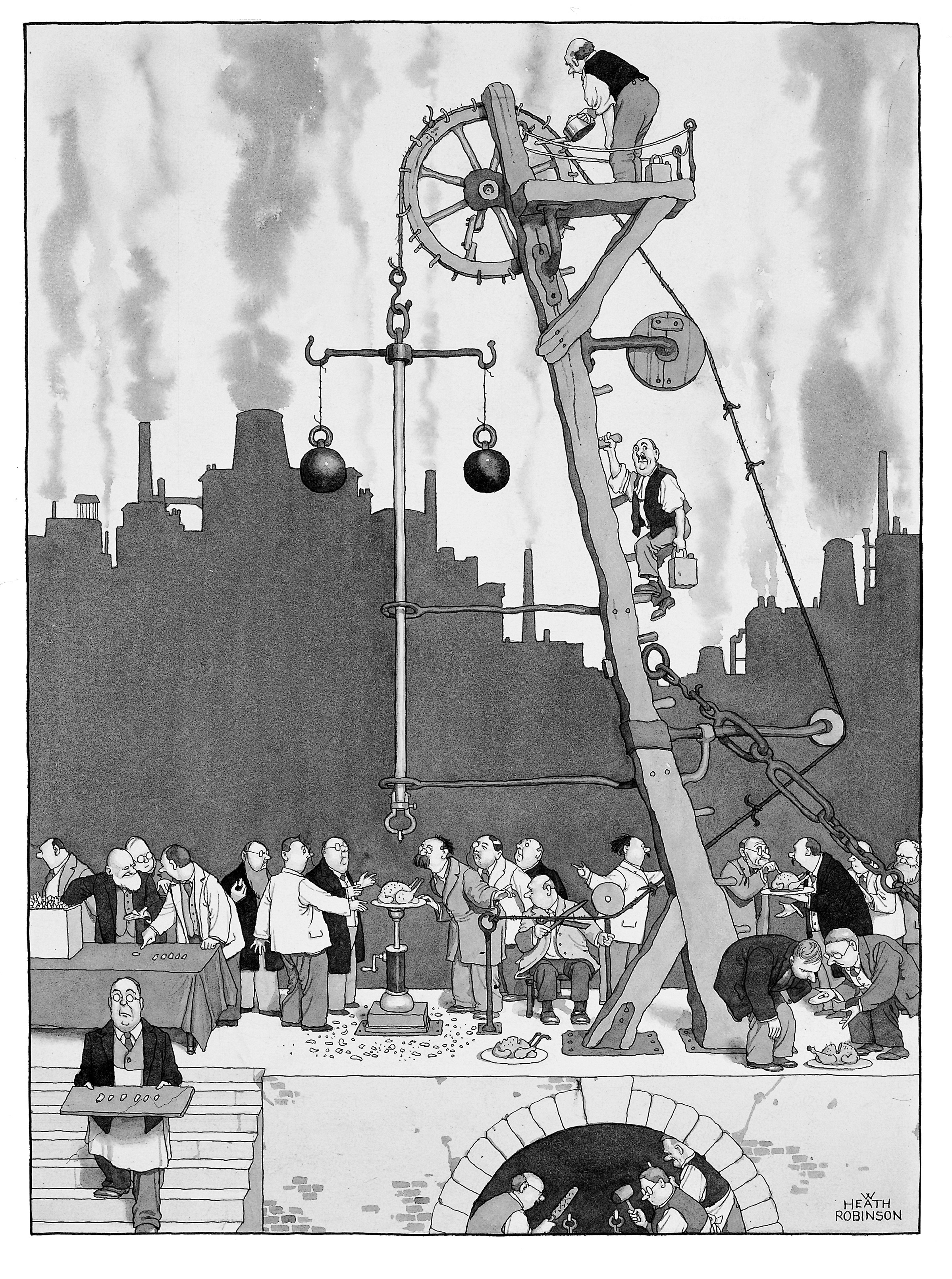 In Focus: The Heath Robinson Museum at Pinner, home to decades of gently satirised modern life
In Focus: The Heath Robinson Museum at Pinner, home to decades of gently satirised modern lifeHuon Mallalieu tells the story of the small museum in Middlesex, where you'll find the last records of the county before it became overrun by suburbia.
By Huon Mallalieu